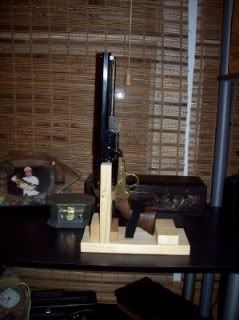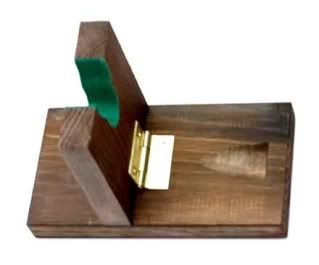CaptainKirk
54 Cal.
- Joined
- Feb 25, 2010
- Messages
- 2,243
- Reaction score
- 872
I know many of you shooting C&B's have purchased loading stands from Cabelas, Dixie, etc. I'm planning on building one over the next couple of weeks, and am curious to see any original designs that might be out there. Pix would be extremely helpful, dimensions moreso!
I promise to post some pix along with dimensions when I finish mine!
I'm planning on using some butternut wood I've had lying around the house for years, unless somebody has a reason I shouldn't?
Also, on your stands: do they allow for the hammer to be at half-cock so you can rotate the cylinder?
I promise to post some pix along with dimensions when I finish mine!
I'm planning on using some butternut wood I've had lying around the house for years, unless somebody has a reason I shouldn't?
Also, on your stands: do they allow for the hammer to be at half-cock so you can rotate the cylinder?
























